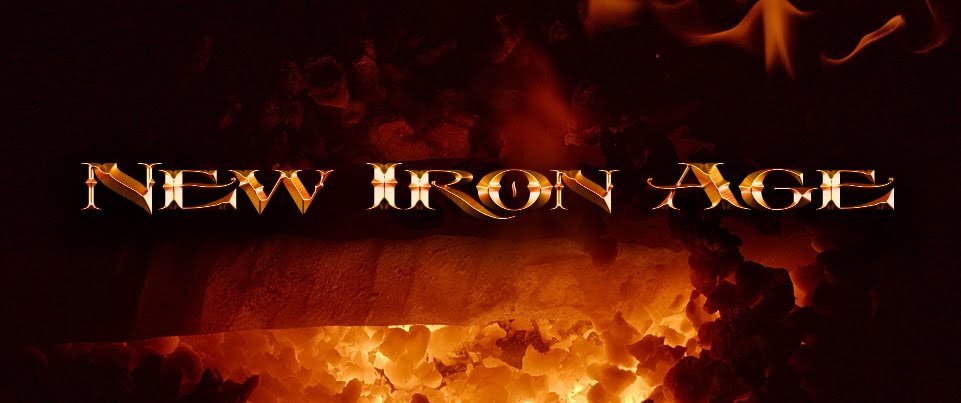Bob Howard’s
innovation was to use the high-octane action of the adventure story
as a way to end supernatural mysteries. All of Howard’s best
stories presented a mystery of some kind, even if they were just “who
is the evil wizard this time?” Conan, Cormac, and Solomon were
usually called on to figure something out – whether it be finding a
secret door, a path through a deadly maze, or a way into a
well-guarded tower.
Other Sword &
Sorcery writers leaned less hard on the mystery aspect, and thus had
to rely on other sorts of story structures. Either they went for Lovecraftian horror, or they fell more into fantasy quest
tropes. This started to cause problems with plots, because if you
solve all your problems the same way, your stories start to get
predictable.
There was something
fun about setting up a mystic mystery with some Yellow-Peril-styled
wizard, and then having Conan split his head open before he could get
a spell off. It was subverting a trope that writers like Sax Rohmer
had been using for decades, along with slews of lesser authors of
“exotic” adventure fiction. The wizard always has another trick
up his sleeve, and the heroes often stand maddeningly and gawp
while the sorcerer (or his equivalent) pulls ropes, flips levers, or
steps on suspiciously-colored sections of floor just as the lights go
out.
Once Conan had been
through a few adventures, it was obvious that he was physically far
superior to anyone he faced. The reader didn’t really worry about
it, and it was harder and harder to pit him against opponents who
posed a credible threat. All of Howard’s heroes were like this –
they were so badass that making us worry about them got harder and
harder.
Hence the mysteries
and misdirections. We knew that once he comes face to face with his
foes, whatever Howard hero we are following will handily wipe the
floor with them. Howard was good at action, and he strove mightily
to make the fights seem bloody and dangerous, like every one was a
near thing. He was good enough at it that he was able to carry you
past the fact that you know the hero is not going to lose.
The writer has to
make the way his hero solves a problem seem exciting, not a foregone
conclusion. The problem with building your hero up into an
unstoppable killing machine is that you start having trouble using
violence as a problem solver. This is a common weakness with
second-rate S&S. Hack writers see the violence and like it (and
well-done violence can be a real pleasure), and they want to imitate
that.
But if your
protagonist is The Best at violence, then all the violence in the
story has less tension, because the reader does not seriously believe
the hero can’t win, or won’t win. The violence becomes dull, and
in response the bad writer pumps it up more and more, verging into
exaggeration and hyperbole that make the suspension of disbelief
impossible.
Under these
circumstances, you have to make something besides pure violence the
solution to the story’s problems. Violence should still be part of
it, because this is Sword & Sorcery, but you need something else.
Some writers
then resort to magic, which has its own set of problems. Unless your
character is a wizard – which most S&S heroes are not – then
the magic has to come from somebody or something else. Useful magic
has to be difficult and dangerous, it has to have a price. If it
does, then you have something you can work with, especially if the
character knows the cost ahead of time and still chooses to use it.
Sacrifice always makes for a good ending.
But it risks
reducing your character, if you do it that way. The power to defeat
the enemy should come from within the hero or from a decision they
make, not from some magical doodad. You run the risk of falling into
High Fantasy tropes of using the Magic Thing to defeat the Bad Thing,
and your characters feel superfluous.
So it all presents
its own set of problems. This is an action genre, and we want the
action to mean something, but the battles can’t feel like a
foregone conclusion. There has to be risk and danger, but we don’t
want it to become unbelievable, as our hero is supposed to be good at
this. There should be magic, but we can’t use the magic to solve
all the problems presented by the antagonist. Ideally, any magic
used by the hero should serve only to negate a magical advantage from
the villain, so that they are once again on an even footing.
Fairness in conflict is an excellent source of drama and excitement,
and if things are not fair, then they should be stacked against your
protagonist, not for them.




